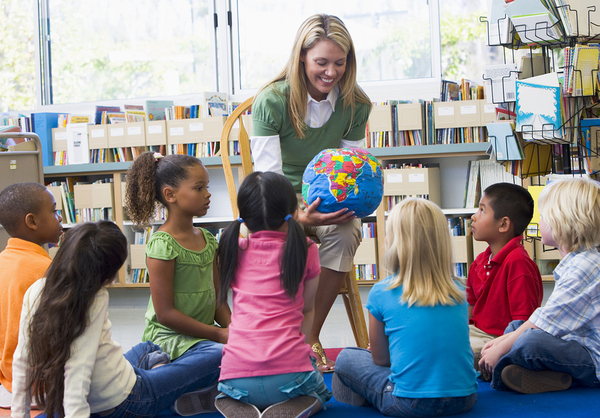
The inclusion of refugee children in primary education has become an urgent and complex issue in many educational systems around the world. These children often arrive with diverse linguistic, cultural, and emotional backgrounds, frequently having experienced trauma, disrupted schooling, or prolonged displacement. Traditional teaching methods alone are often inadequate to address their needs. In this context, experiential learning offers a powerful and inclusive approach to education that can significantly support refugee students’ integration and development.
Experiential learning, grounded in the idea that knowledge is constructed through direct experience and reflection, allows students to engage in hands-on, meaningful activities. For refugee students, this approach helps overcome language barriers, as many experiential tasks do not rely solely on verbal communication. Activities such as group projects, drama, art, music, and outdoor learning encourage participation, build confidence, and foster a sense of achievement—even among those still acquiring the language of instruction.
One of the key strengths of experiential learning is that it allows for the integration of students’ personal stories and cultural identities into the learning process. For refugee children, this can be particularly empowering. For example, classroom storytelling sessions or creative projects that invite students to share aspects of their background help validate their experiences and promote mutual understanding among peers. This not only enriches the learning experience but also cultivates empathy and respect within the classroom community.
Collaboration is another essential element of experiential learning. Working in groups helps students develop communication and problem-solving skills while building relationships. For refugee students, who may initially feel isolated, these social connections are vital. Inclusive learning environments where children learn by doing—together—can foster a strong sense of belonging and emotional safety. Research highlights that inclusive practices significantly improve refugee students’ educational and social outcomes (Taylor & Sidhu, 2012).
Additionally, experiential learning nurtures key life skills such as creativity, resilience, and adaptability—skills that are especially important for children who have had to adapt to new environments under difficult circumstances. It also benefits the wider student population by promoting diversity and intercultural dialogue.
In conclusion, experiential learning should be recognized as more than just an educational method; it is a tool for social inclusion and equity. By providing refugee children with accessible, engaging, and affirming learning experiences, schools can help ensure that all students, regardless of their background, have the opportunity to thrive academically, socially, and emotionally.
References
- Kolb, D. A. (1984). Experiential Learning: Experience as the Source of Learning and Development. Prentice Hall.
- Taylor, S., & Sidhu, R. K. (2012). Supporting refugee students in schools: What constitutes inclusive education? International Journal of Inclusive Education, 16(1), 39–56.
- Dryden-Peterson, S. (2016). Refugee education: The crossroads of globalization. Educational Researcher, 45(9), 473–482.
- Cummins, J. (2000). Language, Power and Pedagogy: Bilingual Children in the Crossfire. Multilingual Matters.
